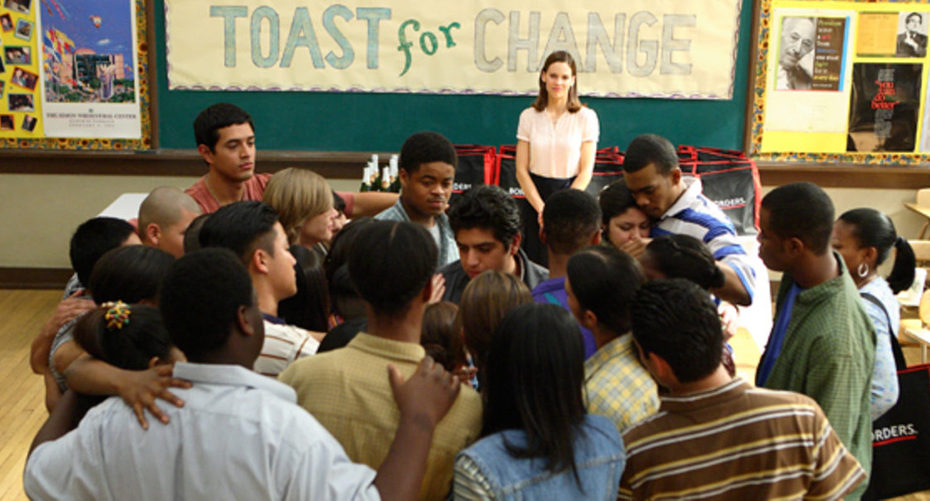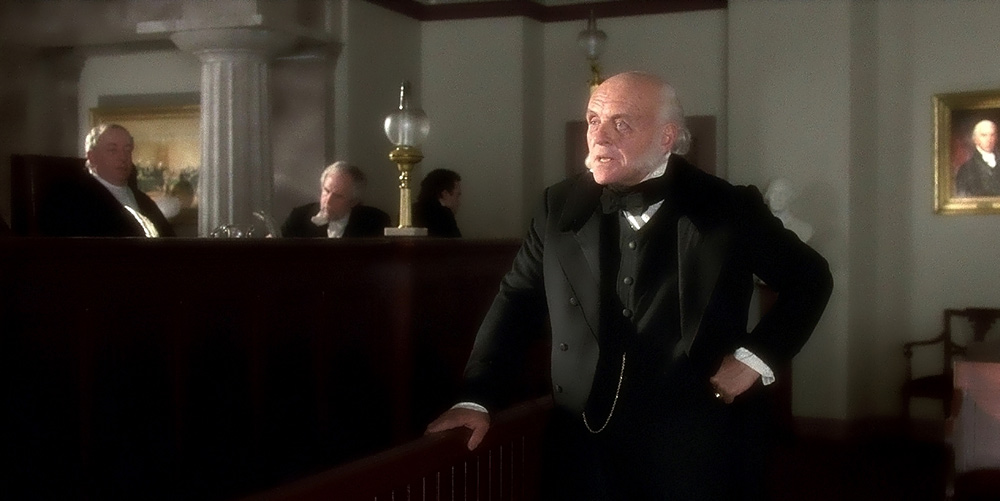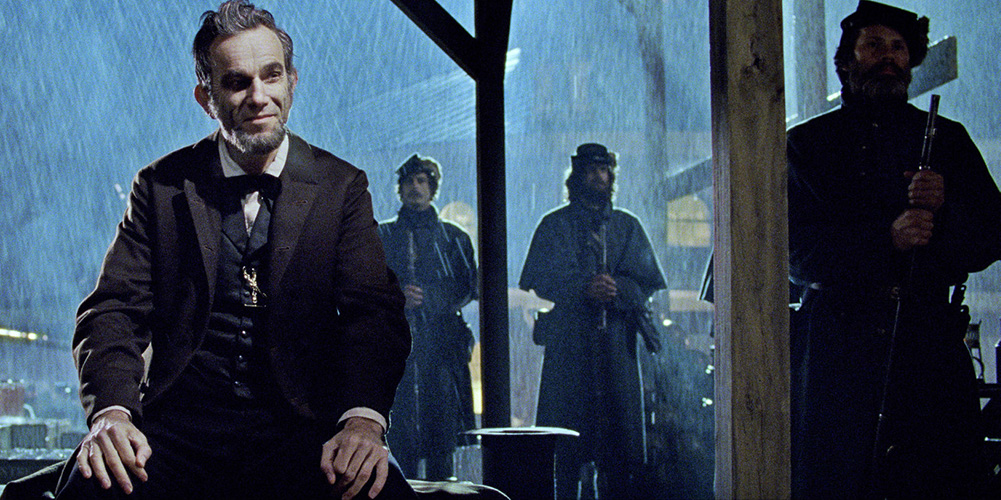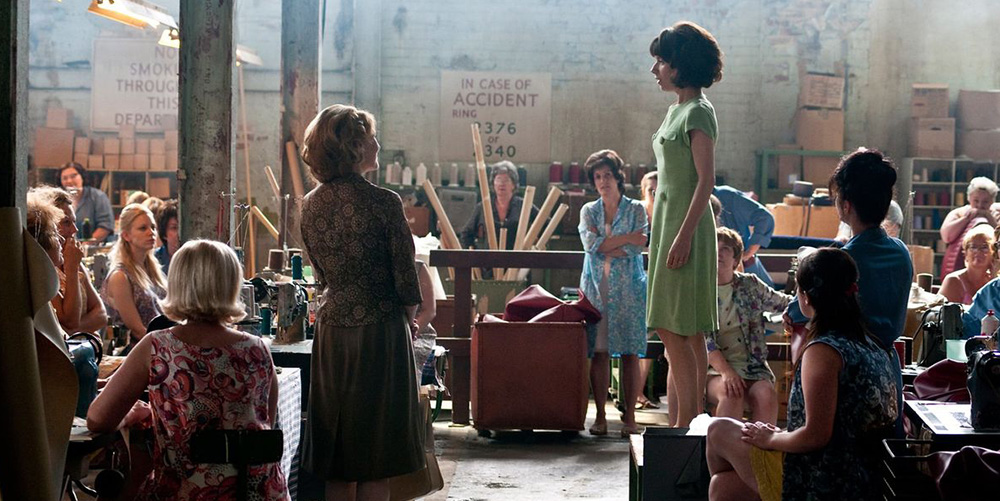As a leader, teacher or educator, much of your success will depend on your ability to communicate in a way that really resonates with your audience.
That’s not an easy task. In our age of internet, social media and smartphones, we’re assailed by thousands of messages a day. Only by taking time to craft messages that stand out can you hope to be successful.
In the brilliant Made to Stick, Chip and Dan Heath outline six ways to increase those chances of success and make your message memorable in today’s sea of communication. Watching Freedom Writers recently, I was struck by how many of these methods teacher Erin Gruwell employs to help her students grasp the enormity of the Holocaust. Let’s look at the six principles of the Heaths’ SUCCESs formula, and how they help make the subject resonate with Erin’s class.
Simple
Making something simple means putting it into language that your audience can relate to. Erin calls the Nazis ‘the biggest gang in history’ – language that her students can relate to. This analogy anchors the Nazis to a concept they already know well – in this case, what it means to be in a gang.
Unexpected
Many successful communicators keep people guessing on the outcome in order to retain their interest.
This technique is cleverly used at the Simon Wiesenthal Centre in Los Angeles, where the visiting students are each given a card with a different child’s picture on it at the start of their visit. Only at the end of the visit do they discover the child’s fate.
Concrete
The child’s picture also helps to make the Holocaust concrete. It’s difficult to get your head around the sheer scale of six million people being murdered. But bringing it down to an individual level makes it more personal.
It’s a technique widely used by charities who commonly focus on individuals rather than global problems. Studies show that people are less likely to donate money if they feel overwhelmed by the scale of the problem.
Credible
Testimonies from others make our messages more credible.
Erin takes her students to dinner with some of the Holocaust survivors who work at the museum, invoking the power of story as they relate their experiences from the camps. Their stories of broken families and loss resonate clearly with the students, but they’re also credible role models: people who have had an unspeakably tough start to life, but made it through and built successful and fulfilling lives.
Emotion and Story
We all have an inbuilt sensitivity to stories which makes them one of the most effective ways to get our messages across. And emotion lies at the heart of the best stories.
As well as calling on Holocaust survivors to tell her students their stories, Erin sets her class the task of reading The Diary of Anne Frank. Anne’s story – full of the same teenage angst they all share – brings home the tragedy of the Holocaust on a deeply personal level.
The class then invite Miep Gies, the lady who sheltered the Franks at great personal risk, to come and visit them in Los Angeles – as seen in the clip below.
We are all ordinary people, but even an ordinary secretary, or a housewife, or a teenager can, in their own small ways, turn on a light in a dark room.
Miep Gies
You can find out more about the SUCCESs formula, including free downloadable guides for teachers and educators, at heathbrothers.com





